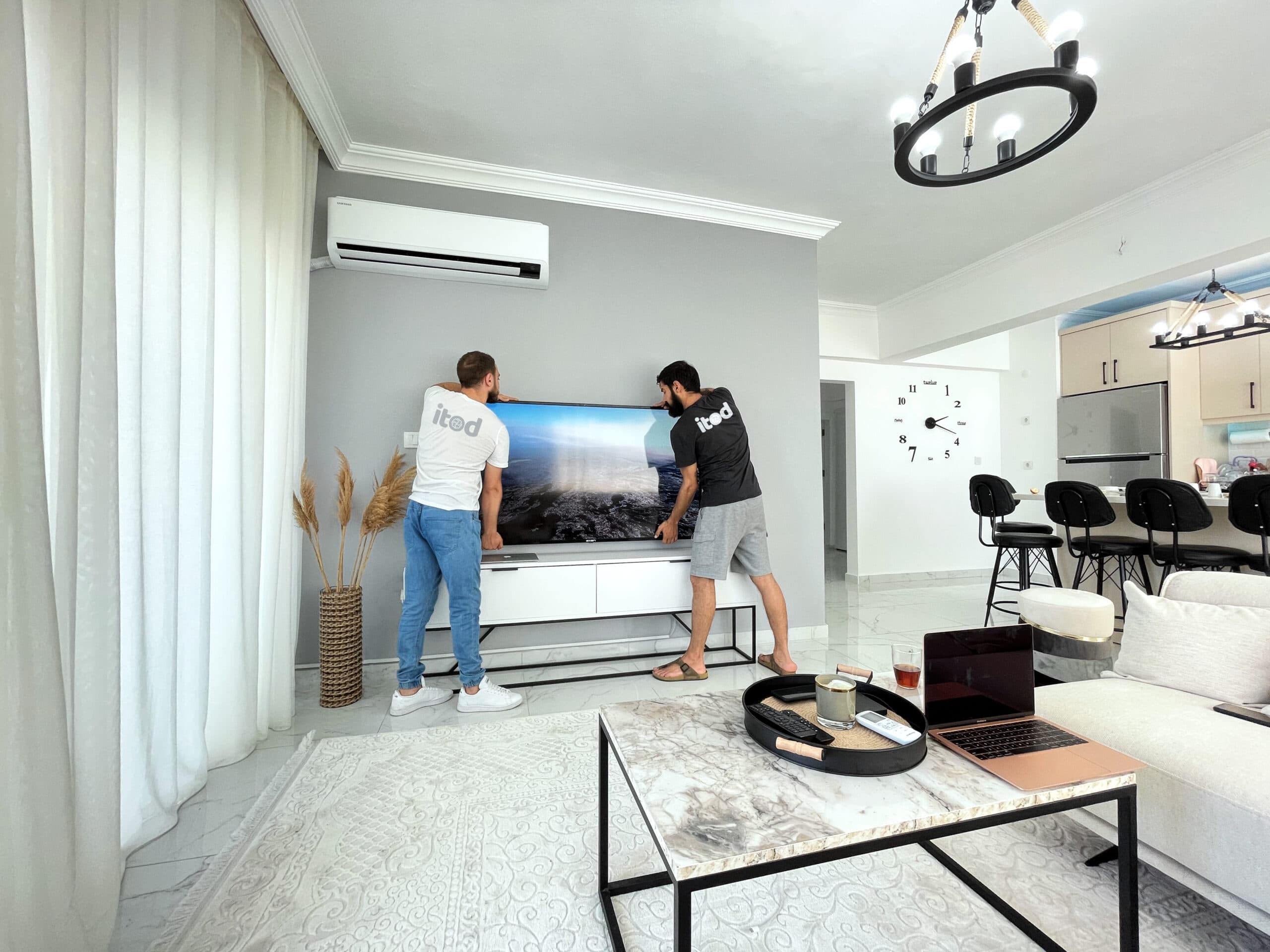In a world that constantly bombards us with more—more stuff, more noise, more distractions—minimalism emerges as a breath of fresh air. It’s not just a design aesthetic; it’s a lifestyle choice that champions intentionality, clarity, and freedom. A minimalist home is more than just a space; it’s a sanctuary. It’s where chaos is tamed, and simplicity reigns supreme. But how do you transform your home into a minimalist haven without it feeling sterile or impersonal? The answer lies in subtle, thoughtful changes that prioritize functionality and beauty in equal measure. Let’s explore how you can achieve a clutter-free life through minimalist home design.
The Philosophy of Less
Minimalism is often misunderstood as a stark, cold, or overly rigid approach to living. In reality, it’s about creating space—both physically and mentally—for what truly matters. It’s about stripping away the excess to reveal the essence of your home and your life. Think of it as editing a manuscript: you remove the fluff to let the story shine.
The first step in embracing minimalist home design is to adopt a mindset of intentionality. Every object in your home should serve a purpose, whether functional or emotional. Ask yourself: Does this item bring me joy? Does it add value to my daily life? If the answer is no, it might be time to let it go.
Declutter with Purpose
Decluttering is the cornerstone of minimalist design, but it’s not about mindlessly tossing things out. It’s a deliberate process of evaluating what you own and why. Start small—one room, one drawer, one shelf at a time. Sort items into categories: keep, donate, sell, or discard. Be ruthless but thoughtful. That vase you never use? Donate it. The stack of magazines you’ve been meaning to read? Recycle them.
As you declutter, pay attention to the flow of your space. Minimalism thrives on open, uncluttered areas that allow energy to move freely. This doesn’t mean your home has to be empty; it means every item should have its place. Invest in smart storage solutions like floating shelves, under-bed drawers, or multi-functional furniture. These elements keep your space tidy without sacrificing style.
The Power of Neutral Palettes
Color plays a pivotal role in minimalist design. Neutral palettes—think whites, grays, beiges, and soft earth tones—create a calming, cohesive backdrop that lets your mind breathe. These hues are timeless, versatile, and effortlessly elegant. They also make your space feel larger and more open, which is essential for a clutter-free environment.
But minimalism doesn’t have to mean monotony. Introduce texture and depth through materials like linen, wood, or stone. A woven rug, a wooden coffee table, or a stone vase can add warmth and character without overwhelming the senses. The key is balance: let simplicity guide your choices, but don’t be afraid to infuse your personality into the space.
Functional Furniture and Thoughtful Layouts
In a minimalist home, every piece of furniture should earn its keep. Opt for pieces that are both functional and aesthetically pleasing. A sleek sofa with hidden storage, a dining table that doubles as a workspace, or a bed frame with built-in drawers can maximize utility without compromising on style.
When arranging your furniture, prioritize flow and openness. Avoid overcrowding; instead, create distinct zones for different activities. A well-placed armchair can define a reading nook, while a strategically positioned console table can serve as a room divider. And if you’re looking to save space while enhancing your entertainment setup, consider a professional tv mounting service. Mounting your TV on the wall not only frees up valuable floor space but also creates a clean, modern look that aligns perfectly with minimalist principles.
The Art of Negative Space
One of the most striking features of minimalist design is its use of negative space. This isn’t just empty space; it’s a deliberate design choice that allows your eyes to rest and your mind to relax. Negative space highlights the beauty of the objects within it, turning them into focal points.
For example, a single piece of artwork on a blank wall becomes a statement. A lone plant on a shelf transforms into a living sculpture. By embracing negative space, you create a sense of calm and order that permeates your home.
Lighting: The Unsung Hero
Lighting is often overlooked in minimalist design, but it’s a powerful tool for shaping the mood and functionality of your space. Natural light is your best friend—it’s free, abundant, and instantly makes a room feel more inviting. Maximize it by using sheer curtains or leaving windows bare.
For artificial lighting, opt for simple, streamlined fixtures that complement your decor. Pendant lights, floor lamps, or recessed lighting can add warmth and depth without cluttering the space. Remember, minimalism is about quality over quantity—choose a few well-placed lights over a multitude of competing sources.
A Clutter-Free Life Awaits
Minimalist home design isn’t about perfection; it’s about progress. It’s about creating a space that reflects your values and supports your well-being. By decluttering, embracing neutral palettes, choosing functional furniture, and utilizing negative space, you can transform your home into a haven of simplicity and serenity.
And don’t forget the small details that make a big difference. Whether it’s a professional tv mounting service to streamline your living room or a carefully curated collection of books on a floating shelf, every choice matters. Minimalism is a journey, not a destination. Start small, stay intentional, and watch as your home—and your life—becomes a testament to the beauty of less.

